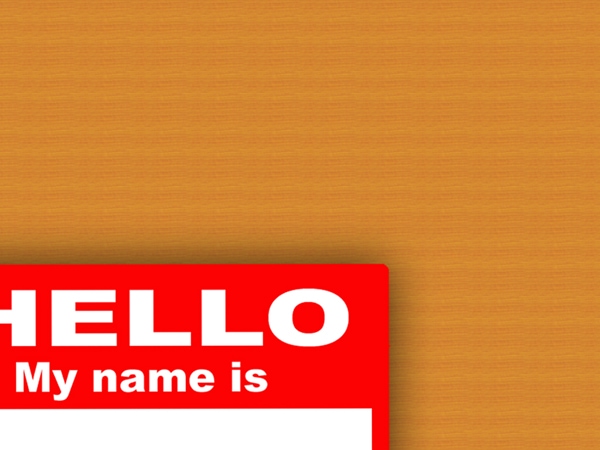For advertising agencies it’s long been a tradition to add their names to print ads they have made for their clients. It’s almost like a statement: See what we’ve made. I like it and encourage it (if done on all their ads). What a great transparent way to tell consumers (and potential clients) what work you have done and that you’re proud enough of it to put your name to it. But what are agencies willing to put their name to? Cigarettes? Fossil fuels? Advertising aimed at children? Unhealthy ingredients? Alcohol? For clients, this practice allows them to evaluate an agency’s products, what clients the agency is working for and what attitudes and behaviours it is encouraging. Does the agency’s mix of clients and campaigns match your aims, ambitions and attitude?
What should be remembered though is the ownership structure in the advertising industry, which is not transparent. Most agencies are owned by one of three big conglomerates: WPP, the Omnicom group or the Publicis Group. In a recent debate, marketing professionals have questioned the paradox of Unilever talking with one voice for their Lynx/Axe brand about women; sexualizing them and treating them like objects and with another voice for Dove; preaching better self-esteem and body-acceptance for women. Should these big advertising conglomerates take heed of this and talk with one responsible voice for their brands whether being the Ogilvys or the DDBs of the world? As I’ve expanded upon before, the suppliers you choose are as much a part of your footprint as your raw material extraction and hiring practices.

